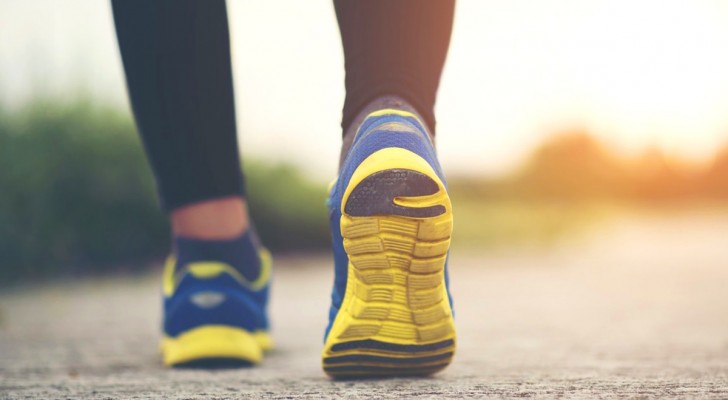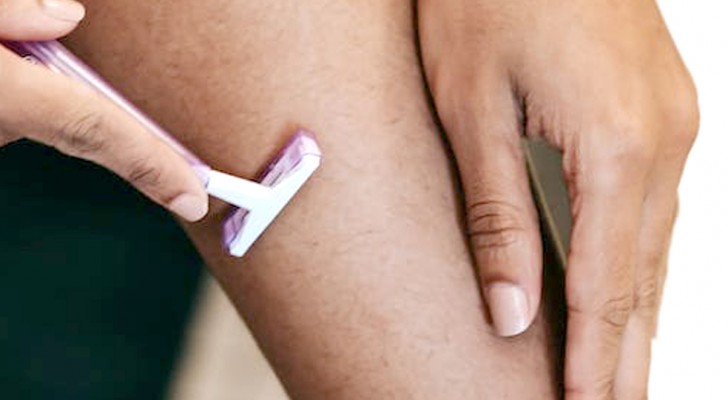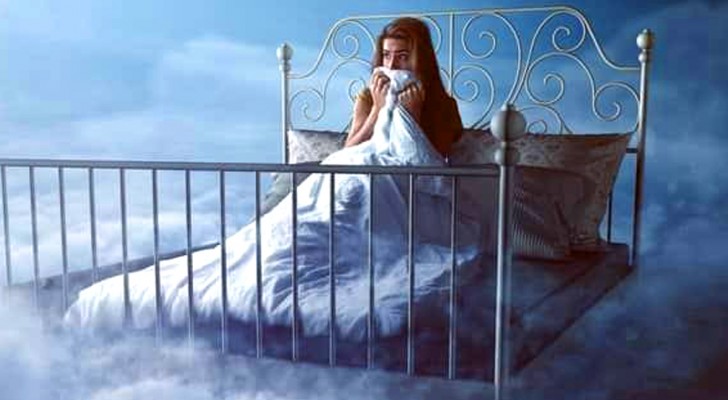Wearing flip-flops expose your feet to different risks and here are some of them!
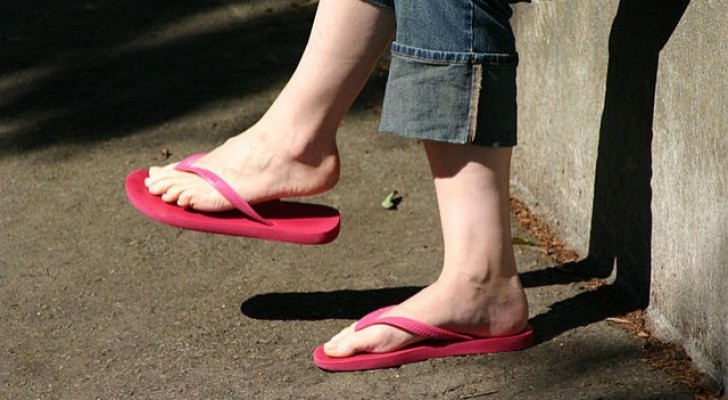
Flip-flops are the most popular footwear of the summer season, and for some people, these are shoes that they will never give up wearing.
However, although the need for our feet to feel free and cool when it is very hot is more than understandable, flip-flops are a type of shoe that exposes the foot (and not only) to a series of problems that once known will make you understand the importance of not using flip-flops as your principal type of footwear.
Instead, it would be better to give more space to shoewear that might be less comfortable but that is certainly healthier for your feet.
Here is a list of possible problems that, according to most podiatrists, the habitual wearing of flip-flops may cause.
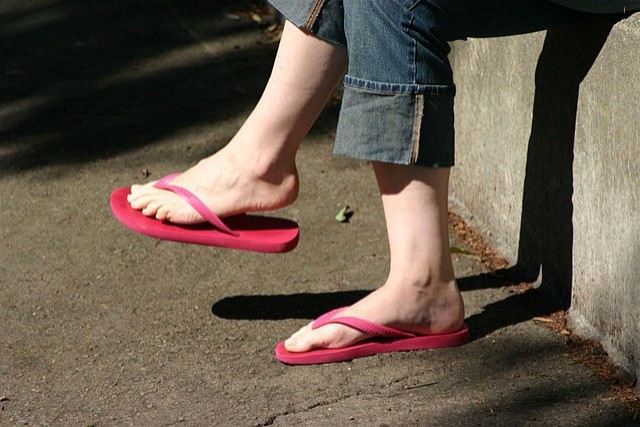
Kai Schreiber/commons.wikimedia.org
1. Wearing flip-flops habitually can lead to the appearance of "hammer toes".
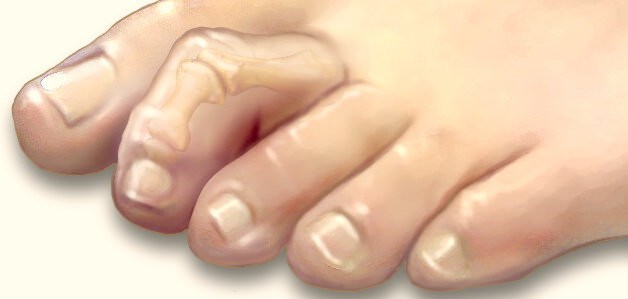
Flip-flops are shoes that by their nature force us to stiffen our toes, making them look like pincers just to get a better grip on the flip-flop shoe that always seems to be coming off our foot at any moment. This, in the long run, can lead to a real deformation of your toes and feet!
2. Wearing flip-flops may cause the appearance or aggravation of a foot condition known as hallux valgus.
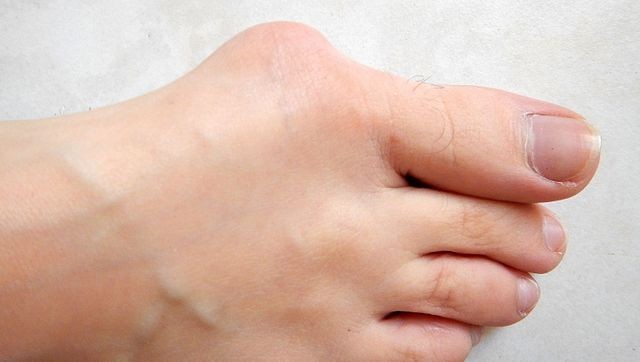
This type of hallux bone deformation can be congenital or acquired. In fact, very high-heel shoes with a narrow point, as well as flip-flops, are the main shoes that lead to positioning the weight of the body on a very small area and, consequently, provoking or aggravating this type of problem.
3. Flip-flops cause blisters and expose the feet to infections and injuries.
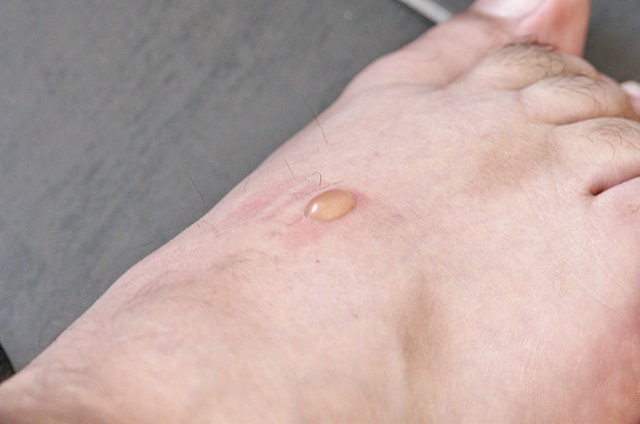
Clément Bucco-Lechat/commons.wikimedia.org
4. Flip-flops that have completely flat soles do not favor the natural position of the plantar arch.
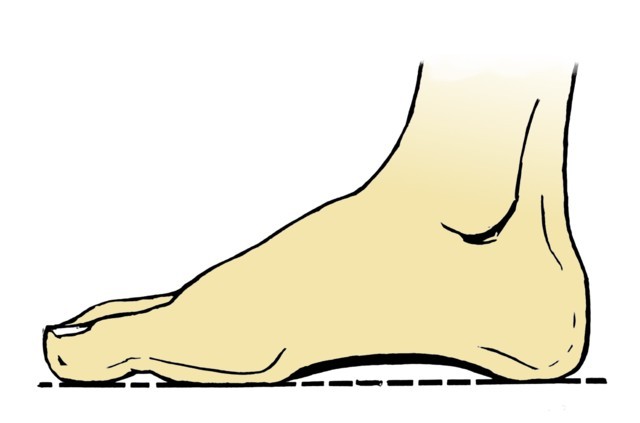
5. Flip-flops can be the cause of falls and ankle sprains.
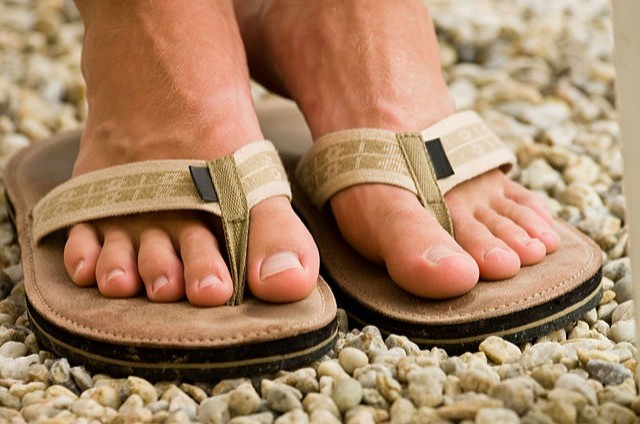
Flip-flops do not provide any kind of support to the foot while walking, on the contrary! Often, flip-flops are themselves the cause of accidental falls and ankle sprains.
6. Flip-flops slow down the pace we would normally adopt while walking.

Bart Everson/commons.wikimedia.org
7. Some of the materials with which they are made can facilitate the appearance of fungi.

8. Flip-flops can be a source of trauma to the heel.
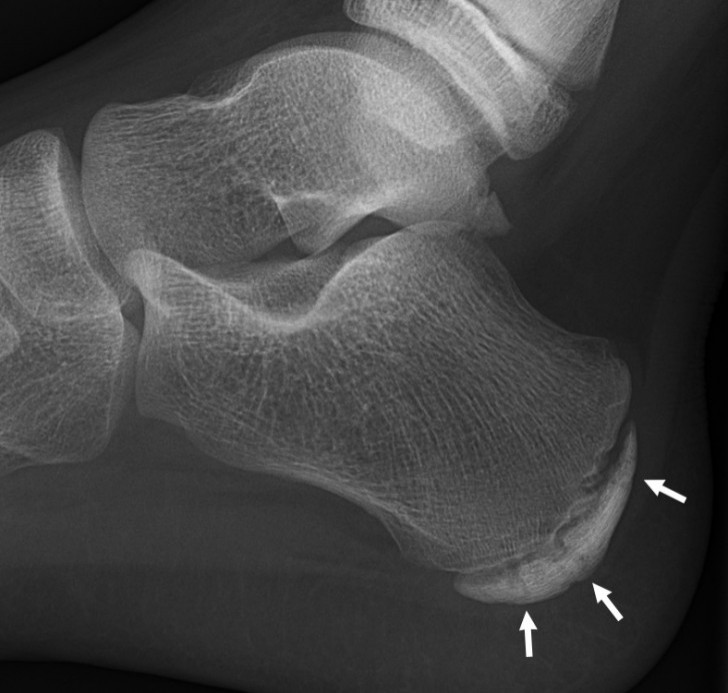
Mikael Häggström/commons.wikimedia.org
As we said before, being shoes with soles that are often very flat and thin, flip-flops are not able to cushion the blows naturally caused by walking, that go on to target the heel with continuous mini-traumas that can then lead also to annoying back pain.
Of course, the range of flip-flops can be quite varied. In fact, there are some provided with soles that promote the correct support of the feet, but overall, it is the shape of the shoe itself that makes it a source of various dangers. If you really cannot do without them, it is better to limit yourself to a reduced use.

